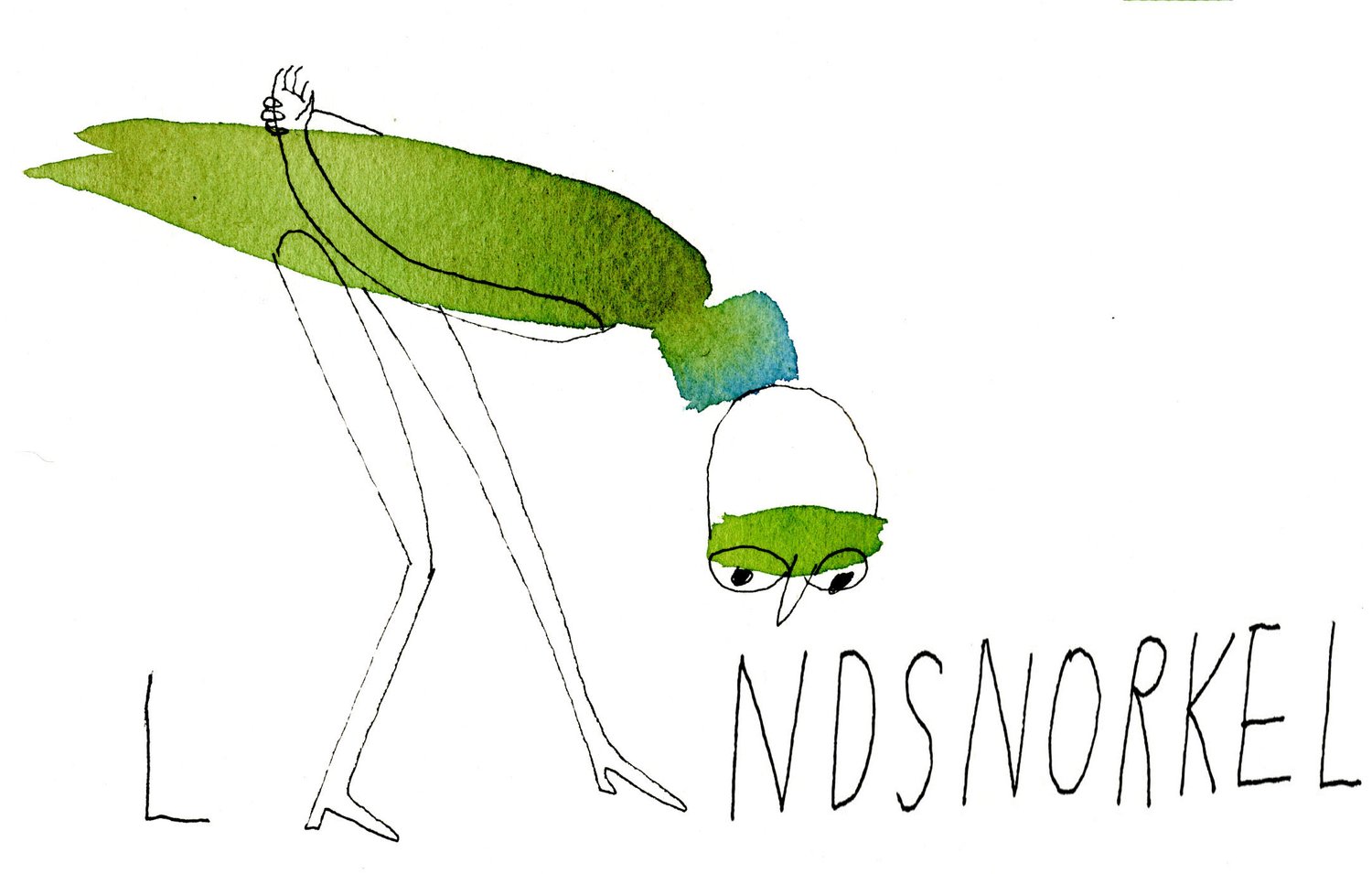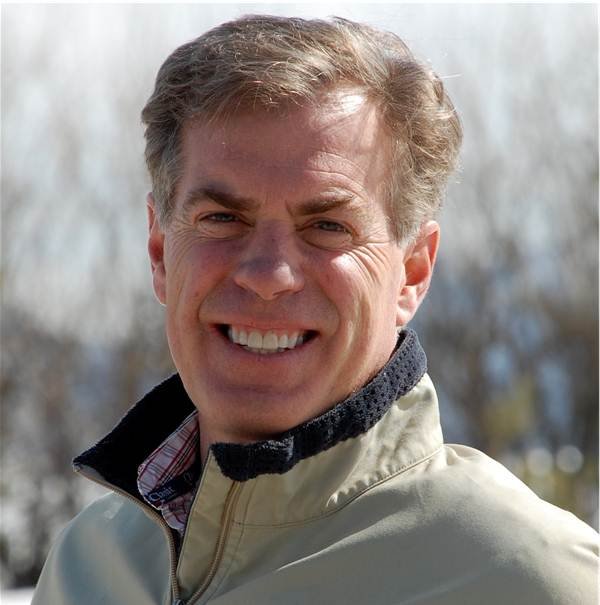Sean Gerrity's Interview with Eric Dinerstein
An Abundance of Rarity, Prairies and Beyond
– with Eric Dinerstein



Sean Gerrity: The term “rare” can have many interpretations. At the most basic level, what defines a rare species?Eric Dinerstein: We normally think of a rare species as one with a narrow geographic range, having a low population density, or both. There are many species that once had wide ranges like black-footed ferrets or greater sage grouse, but are highly restricted today. Then there are species that were once widespread and common, like bison, that have lost much of their natural abundance due to human activities. Some species, in the APR, have always been rare, such as top predators like mountain lions. Sean Gerrity: At APR, we often talk about native habitat, not just associated species, as being “rare” and endangered. Because grasslands were overlooked in formal protection efforts like the National Park Service, the vast majority of the nation’s prairies have been converted to commercial and residential uses. How does this play into plant and wildlife rarity? Eric Dinerstein: What makes the APR a rare habitat is that so much of it is unplowed prairie. About 15 years ago, before the dream of the APR emerged, my colleagues and I in the WWF Science program looked for the largest tracts of untilled land as a prime criterion for considering conservation priority and sites suitable for large-scale restoration. The current location of the APR was part of the bulls-eye. So much of the original prairie has suffered from sod-busting that you can see why the National Park Service had little to choose from. So the APR conserves a rare habitat indeed, even if it lacks formal designation as a reserve.

Sean Gerrity: Obviously some animals were not always rare like they are today. The point you make in the book about rhinos being “ecosystem engineers” that are functionally extinct could easily apply to bison. For the prairie, what has the removal of bison meant for the ecosystem as a whole? Eric Dinerstein: Wherever we had giant browsing and grazing mammals, they exerted strong effects on the physical structure and composition of the habitats they occupy. As I show in my book, this natural phenomenon is clear to see even when such populations are at low densities—far below what that ecosystem can support. So imagine the effects vast herds of bison must have had on the APR and surrounding areas back when bison roamed widely and in great numbers. I’ll bet the prairie looked much different today if you looked close up: more wallows, more bare spots, unevenly grazed areas, mineral-rich soils where bison carcasses may have accumulated. And of course the large numbers of bison would have attracted some formidable predators and large numbers of scavengers. It was a different world, but if we can picture it, maybe we can recreate it, at least in part. Sean Gerrity: As you know, the American Prairie Reserve region is also home to hundreds of species of grassland birds, including more rare species like the Mountain plover and Sprague’s pipit. How can there be rarity in the midst of such abundance? Eric Dinerstein: You have posed one of the fundamental questions of community ecology—the science of how species interact in nature. This pattern is even more pronounced in the tropical rainforest where you have a few very common species in an area and then a long list of singletons. The commonness of rarity is a simple fact of nature. So knowing this is the case globally, the APR needs to do its bit to conserve the rarities found there or that really prefer some of the micro-habitats the reserve offers—like close-cropped grassland for breeding mountain plovers, unmowed, dead grass layers for breeding Sprague’s pipit, and lots of occupiedprairie dog towns for black-footed ferrets.
 Sean Gerrity: A common theme woven throughout the book is the importance of scale when it comes to protected areas. From jaguars in the Amazon to the maned wolf of the Cerrado, we must be creative in how we put together enough habitat for these animals to roam and for natural processes to take place. What role does/can American Prairie Reserve play – especially looking at animals like cougars and pronghorn?
Sean Gerrity: A common theme woven throughout the book is the importance of scale when it comes to protected areas. From jaguars in the Amazon to the maned wolf of the Cerrado, we must be creative in how we put together enough habitat for these animals to roam and for natural processes to take place. What role does/can American Prairie Reserve play – especially looking at animals like cougars and pronghorn? Eric Dinerstein: We call these most magnificent creatures area-dependent or area-sensitive species, just a biologist’s way of saying you need whopping big areas if you want to maintain healthy populations over the long term. Cougars need a lot of prey to breed effectively, so you need a lot of large prey and therefore a lot of land. And you are correct; this is the same wildlife management issue in the APR as in the rest of the world where there are large mammals. So some of the strategies invented and tested on the APR could help our conservation work elsewhere. Sean Gerrity: Lastly, despite focusing on a topic that many would find disheartening, you seem optimistic about the future of many of the world’s rarities, like the return of tigers to Cambodia’s eastern plains. After all that you’ve seen, what gives you hope?Eric Dinerstein: The sheer resilience of nature. It never ceases to amaze me how fast wildlife and habitats recover when we take our foot off the neck of nature. Also, in all my travels in poor countries, I have never once heard anyone say, “I would like to live next to a degraded environment.” We all love nature, or most of us do, we just quibble about how much and where it should be restored. I am certain that we will be astonished how so many iconic places in the world will improve if we set our minds to better protecting the species and habitats in that region. American Prairie Reserve (APR) is assembling a world class wildlife reserve in northern Montana, with the goal of one day creating a seamless 3.5 million acre grassland ecosystem. Learn more about the Reserve, including progress to date and bison restoration efforts, on the Reserve’s website.

